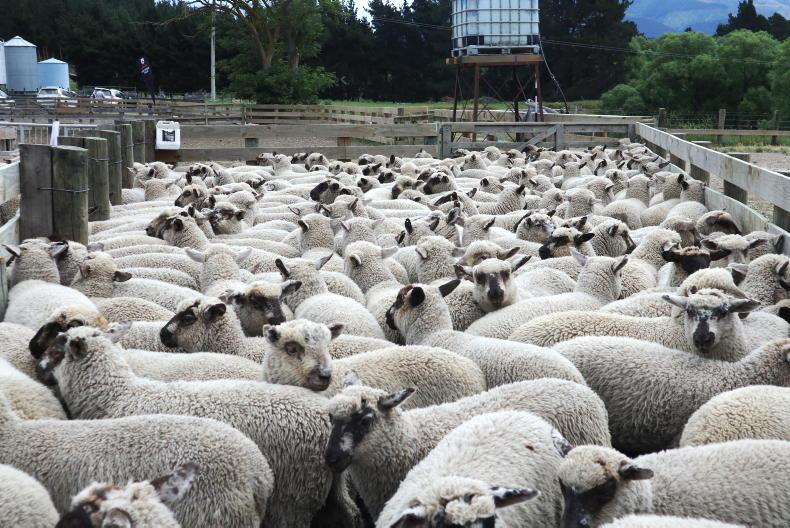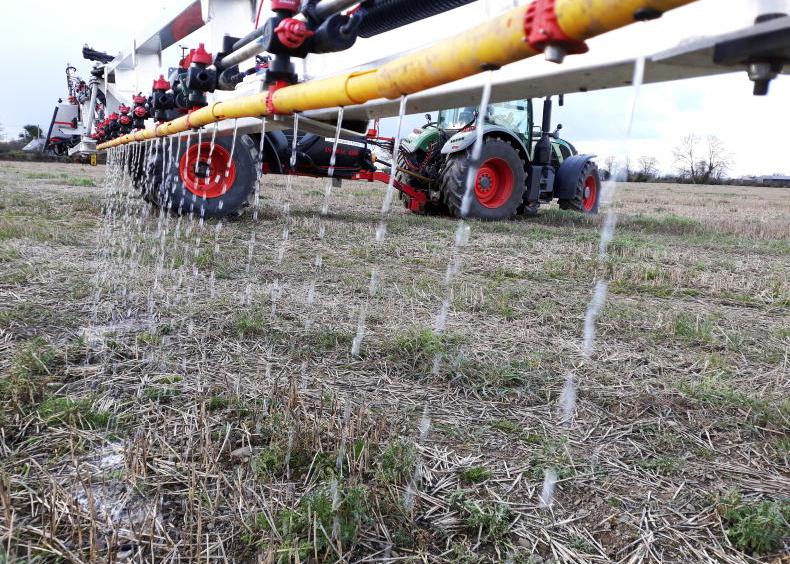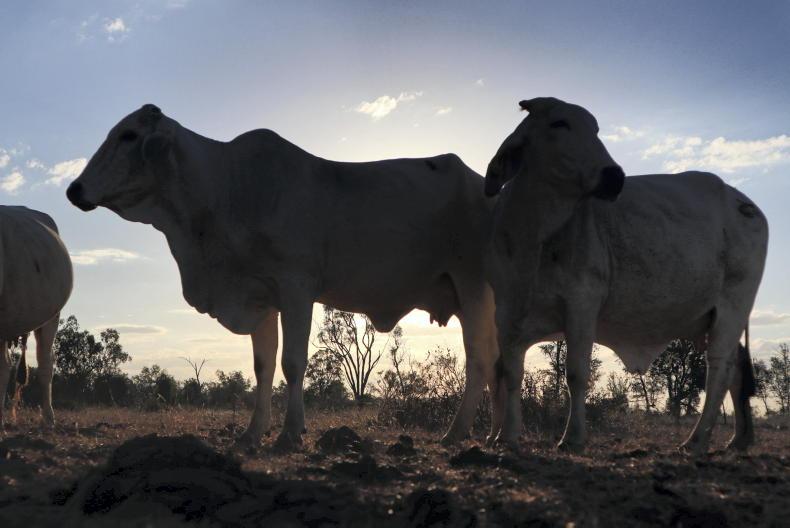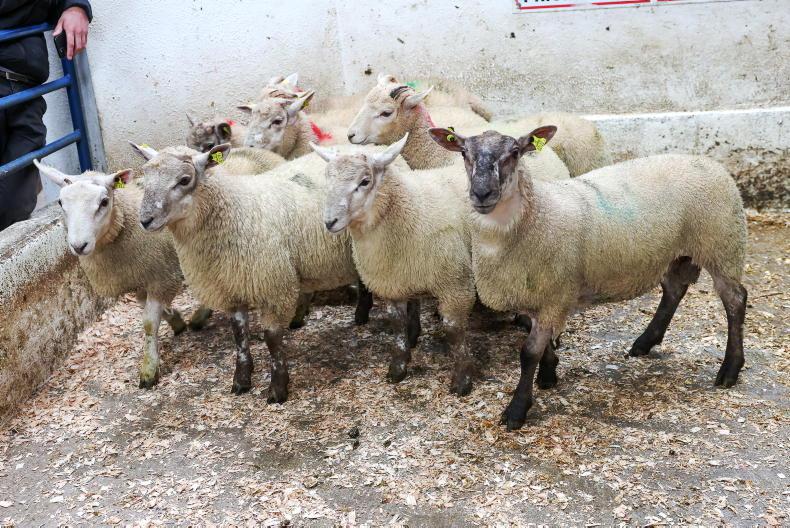As Irish farmers contemplate the demand to achieve emissions reductions between 21% and 30% by 2030, we should pause and consider the New Zealand (NZ) approach on targets.
There, the government has just launched a 130-page consultation, titled Transitioning to a low-emissions and climate-resilient future, which runs until 24 November.
NZ, like Ireland, is an outlier when it comes to the source of its emissions.
Unlike its neighbours Australia, it has little heavy industry or mining, but, like Ireland, has a disproportionately high share of its emissions coming from agriculture.
In Ireland, we have 33% coming from agriculture; in NZ, it is 48%.
Reduction targets for emissions
While the Irish targets haven’t been officially published yet, the indications are that the reduction demand that Irish farmers will face between now and the end of the decade is between 21% and 30%.
Given that agriculture accounts for almost half of NZ emissions, we might expect that farmers over there would be facing a massive reduction for the remainder of this decade, but this is not the case.
No further target is set for 2030 beyond the Climate Change Response Act target of a 10% reduction by 2030
The consultation notes that “current mid-range projections would see agricultural reductions of 6.5% for biogenic methane and 3.1% for long-lived gases by 2030, relative to 2017 levels.”
No further target is set for 2030 beyond the Climate Change Response Act target of a 10% reduction by 2030 and a reduction between 24% and 47% by 2050. The consultation also acknowledges that the food and fibre sectors are among the most efficient in the world, while pointing out the need to do more.
Back loading emissions reductions targets
It also highlights that achieving larger reductions from agriculture is likely to come later, given the huge investment in researching technologies such as methane inhibitors and a methane vaccine.
These, the consultation suggests, will enable farmers to contribute to more ambitious goals without costly offset mechanisms or substantial change in land use.
This consultation on emissions dovetails with NZ’s Fit for a better world – accelerating our economic potential, published in July last year.
It affirms the 10% reduction in emissions by 2030, the 24% to 47% reduction by 2050 and add NZ$44bn (€26.7bn) to the value of exports from the sector this decade.
In a recent interview with the Irish Farmers Journal, the NZ minister for trade and agriculture said that the country had probably reached maximum cow numbers, but made no mention of reducing livestock numbers.
Contrast with Ireland
Ireland too has a Food Vision 2030 strategy, with a growth target of increasing exports by €7bn this decade and within a framework of a 10% reduction in emissions, the same as NZ.
NZ recognises that despite agriculture causing 48% of its national emissions, it cannot have its cake and eat it when it comes to preserving its contribution to the economy
This strategy was warmly endorsed by Minister Charlie Mc Conalogue and Tánaiste Leo Varadkar at its launch in August, yet within weeks, they are prepared to sign off on a doubling or even trebling of the emissions targets that would undermine the ambitions for Food Vision 2030.
The policy is to set an achievable 10% target and aims to invest in technical solutions that can deliver further reductions in the following decades
NZ recognises that despite agriculture causing 48% of its national emissions, it cannot have its cake and eat it when it comes to preserving its contribution to the economy, while at the same time, slashing its emissions.
The policy is to set an achievable 10% target and aims to invest in technical solutions that can deliver further reductions in the following decades.
The Irish Government has jumped from welcoming a growth strategy with the same 10% emissions reduction target to multiplying the reduction in emissions target without consideration of the damage it will do to the sector.
Comment
Ireland is an outlier globally among the major agricultural nations of the world, in that the Government appears determined to impose emissions reduction targets at the expense of the damage it will inflict on farmers and the rural economy.
They should reflect on NZ policy and focus on a manageable reduction target for emissions that can increase in subsequent years, as technology develops methods on how to reduce livestock emissions. Ireland, like NZ, is at the top end of dairy and red meat efficiency for emissions.
The unfortunate consequence of prioritising cutting emissions over production in Ireland will simply transfer the production elsewhere in the world, where emissions are twice as high, which is the ultimate lose-lose scenario.









SHARING OPTIONS